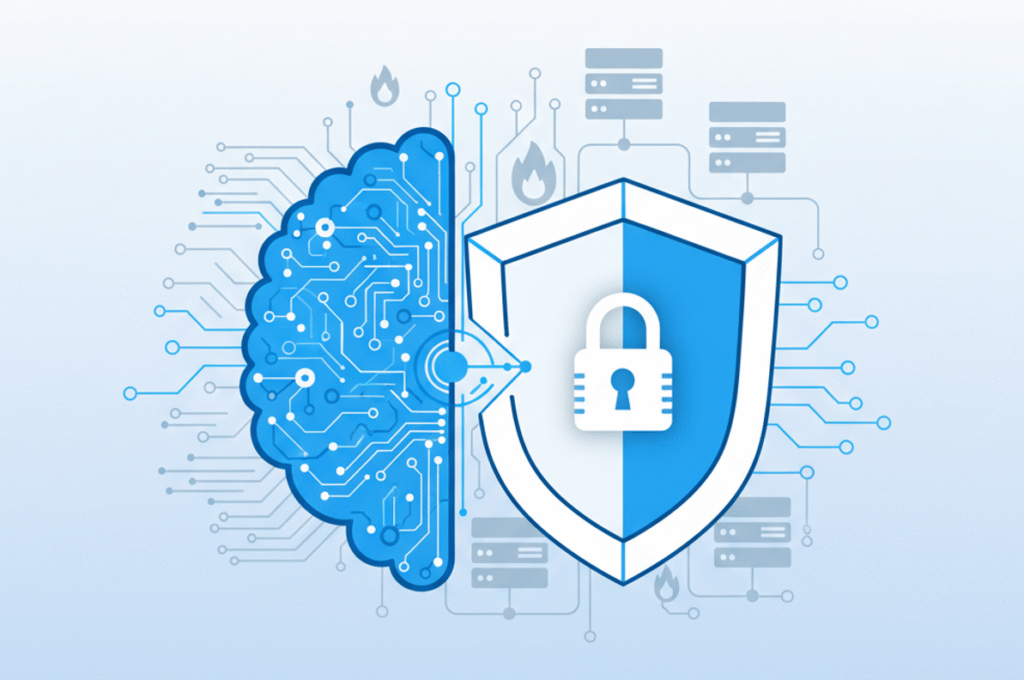In today’s digitally-driven world, where data is the currency of connectivity, safeguarding individuals’ privacy and ensuring robust data protection have taken center stage. This comprehensive exposition ventures into the intricate landscape of privacy and data protection, unraveling its multifaceted dimensions, regulatory intricacies, and pivotal role in fostering trust within the digital realm.
- GDPR Compliance and Principles: Redefining Data Governance
The advent of the General Data Protection Regulation (GDPR) has reshaped the global data protection landscape. Its transparency, accountability, and consent principles prioritize individuals’ rights over their data. Organizations must navigate their mandates, including lawful bases for processing, data minimization, and the crucial role of Data Protection Officers.
- HIPAA and Healthcare Data Privacy: Safeguarding Sensitive Health Information
The Health Insurance Portability and Accountability Act (HIPAA) is a cornerstone of healthcare data protection. Its Security Rule mandates administrative, physical, and technical safeguards to secure electronic protected health information (ePHI) while enabling the exchange of crucial medical data.
- Data Subject Rights and Consent Management: Empowering Data Owners
The foundation of privacy regulations lies in empowering individuals with rights over their data. From the right to access personal information to the right to erasure, organizations must facilitate the easy exercise of these rights and ensure robust consent management frameworks.
- Data Breach Notification and Response: Resilience in Crisis
Data breaches remain a persistent threat in the digital age. Effective incident response plans encompass rapid detection, containment, and notification. Timely communication with affected parties is essential to maintain trust and minimize the impact of breaches.
- Cross-Border Data Transfer Regulations: Navigating Global Data Flow
In a borderless digital world, data flows across jurisdictions. Privacy regulations, such as GDPR’s data transfer mechanisms, demand that organizations implement appropriate safeguards when transferring data to countries with differing privacy standards.
- Privacy by Design and Default: Pioneering Privacy-Centric Design
The concept of Privacy by Design mandates that privacy considerations be embedded into the very architecture of products and services. Default privacy settings and proactive measures during design and development ensure that individuals’ privacy is upheld by default.
- Personal Data Anonymization Techniques: Finding the Balance
Anonymizing personal data while maintaining its utility is a challenging endeavor. Techniques like k-anonymity, differential privacy, and data masking allow organizations to glean insights while preserving individual anonymity.
- Data Protection Impact Assessments (DPIAs): Mapping Privacy Risks
Data Protection Impact Assessments (DPIAs) are proactive risk assessments that identify and mitigate privacy risks. Organizations conducting DPIAs ensure that new projects or processing activities align with privacy principles and avoid potential pitfalls.
- Biometric Data Protection: The Challenge of Unique Identifiers
The proliferation of biometric data for authentication raises significant privacy concerns. Regulations address the risks associated with biometric data, emphasizing secure storage, user consent, and stringent safeguards against misuse.
- Privacy Compliance Audits and Assessments: Upholding Accountability
Regular audits and assessments ensure ongoing compliance with privacy regulations. These evaluations uncover vulnerabilities, assess data protection measures, and offer insights into continuous improvement strategies.
Conclusion
In an era of data-driven innovation, prioritizing privacy and data protection is a testament to ethical responsibility and respect for individual rights. The ever-evolving landscape of regulations, from GDPR’s global influence to the intricacies of biometric privacy, underscores the importance of navigating this terrain with diligence. By aligning technological advancements with ethical considerations, organizations can foster trust, honor individual autonomy, and pave the way for a digitally secure and privacy-respecting future.





